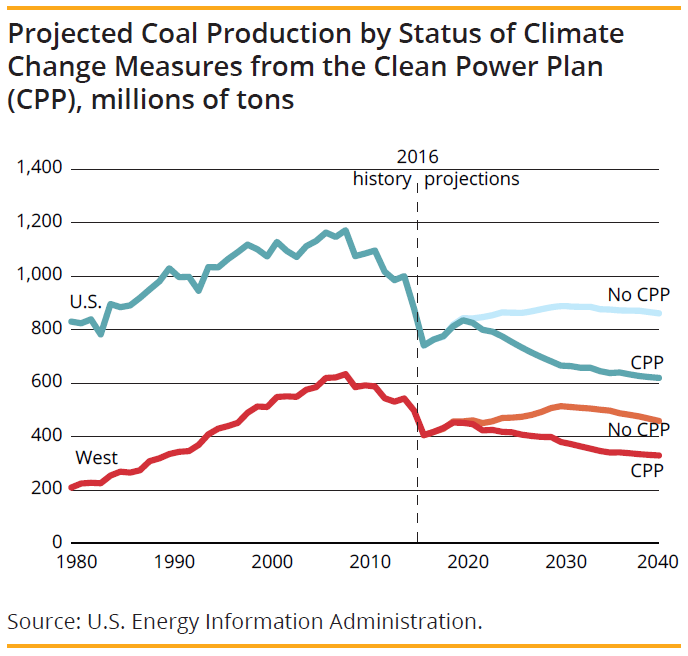Most coal consumption in the United States is for electricity generation. However, coal-fueled electricity’s share of the total has been decreasing. This is due in large part to the availability of low-cost natural gas, stringent environmental regulations that affect coal-fueled power plants, and favorable tax treatment for renewable technologies. Coal-fueled power plants have been closing and others are reducing their total output. As a result, coal production is also decreasing.
Utah is one of only six states that gets more than two-thirds of its electricity from coal. Utah Foundation analysis shows that states with a higher percentage of coal power tend to have lower electricity prices than those states with a lower percentage. However, this may change given that natural gas, wind, and solar projects are cheaper to develop and maintain than coal projects.
In fact, coal projects that are retiring across the country are not typically being replaced by other coal projects, but with natural gas and renewables. Utah is following that trend. For instance, the Intermountain Generating Station’s coal-fueled turbines in Millard County may be retired by 2025 when the company completes construction of its natural gas turbines.
These trends are not likely to reverse under the current presidential administration, even given the likely unwinding of the previous administration’s environmental and climate change measures which put a burden on coal-fueled power plants. Nonetheless, demand for coal may increase in the short term with an expected increase in natural gas prices.
KEY FINDINGS:
- Coal production has been declining in Utah for years. In 2015, production was just over half of what was produced in 2001.
- States with a greater proportion of coal power in their mix of electricity generation tend to have lower electricity prices.
- Utah is fifth highest in the nation for percentage of coal-fueled electricity in its mix of electricity generation.
- The cost of electricity from natural gas, wind, and solar is now typically lower than operating, maintaining, and upgrading coal-fueled resources.
- Natural gas electricity production surpassed coal nationally in 2015. Utah is trending that direction with the recent closure of one electricity plant and possible timelines for ceasing coal-fueled operations at two others.
Click here to read an overview of Part II: Coal Mines, Jobs, and Economic Benefit.
Click here to read an overview of Part III: Coal Communities.



